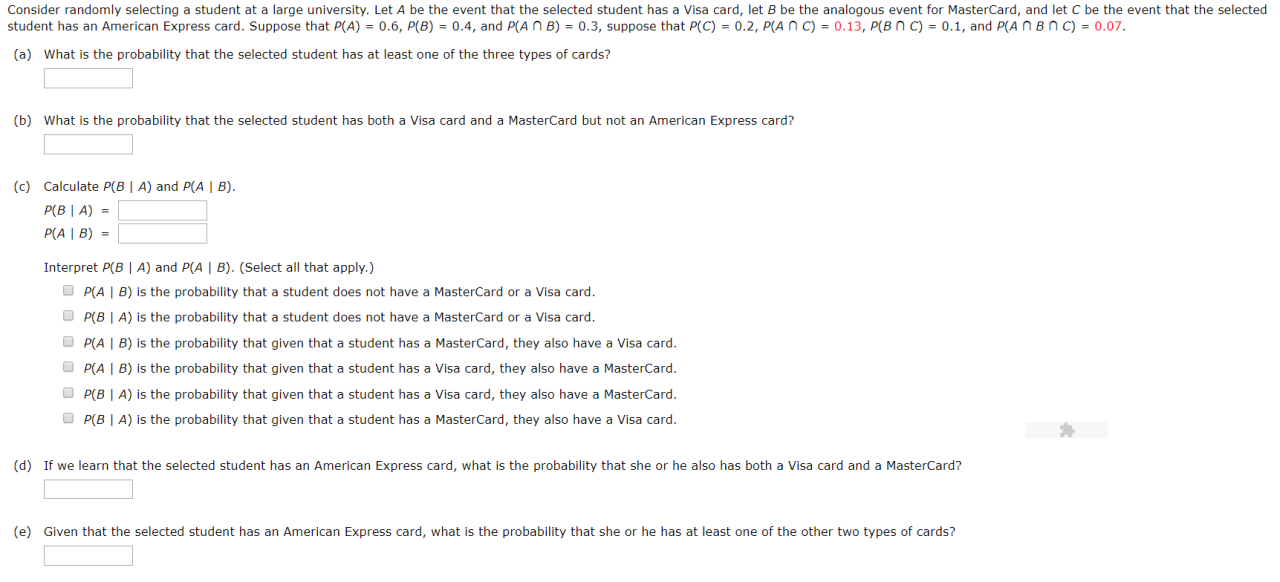Consider randomly selecting a student at a large university to gain insights into a diverse population. This approach offers benefits and ethical considerations, and can be implemented with various methods. Understanding these aspects is crucial for effective implementation and data interpretation.
Random student selection provides a fair and unbiased representation, reduces sampling bias, and ensures anonymity. It can be applied in research, surveys, and initiatives that require a representative sample from a large university population.
Definition and Scope
Randomly selecting a student at a large university involves choosing a student from the entire student population without bias or preference. This approach aims to ensure fairness, representativeness, and impartiality in selecting individuals for various purposes, such as research, surveys, or program participation.
By randomly selecting students, researchers or administrators can obtain a sample that accurately reflects the characteristics of the entire student body, allowing for more reliable and generalizable findings or decisions.
Methods of Random Selection

Several methods can be used to randomly select a student from a large university population:
- Simple Random Sampling:Each student has an equal chance of being selected, typically achieved through a random number generator or lottery system.
- Systematic Random Sampling:Students are selected at regular intervals from a list or database, starting from a randomly chosen starting point.
- Stratified Random Sampling:The population is divided into strata (e.g., year of study, major), and then students are randomly selected from each stratum.
- Cluster Random Sampling:The population is divided into clusters (e.g., departments, residence halls), and then clusters are randomly selected, and all students within the selected clusters are included.
Ethical Considerations: Consider Randomly Selecting A Student At A Large University

Randomly selecting students raises ethical concerns that must be addressed:
- Confidentiality:Student information must be kept confidential and protected from unauthorized access or disclosure.
- Bias and Discrimination:Methods must be carefully designed to avoid bias or discrimination based on protected characteristics (e.g., race, gender, disability).
- Informed Consent:Students should be informed about the purpose of the selection process and their rights as participants.
To mitigate these concerns, researchers and administrators should adhere to ethical guidelines, such as those established by the Institutional Review Board (IRB) or other relevant ethics committees.
Practical Implementation

Implementing a random student selection process at a large university involves several steps:
- Obtain a Comprehensive Student List:A complete and up-to-date list of all students, including contact information, is essential.
- Choose a Random Selection Method:Select an appropriate method based on the purpose and size of the sample required.
- Implement the Selection Process:Utilize a random number generator, database query, or other tools to select students.
- Communicate with Selected Students:Inform students about their selection and provide instructions for participation.
- Manage Logistics:Arrange for scheduling, data collection, and any necessary support for selected students.
Data Analysis and Interpretation
Data collected from randomly selected students can be analyzed using various statistical techniques:
- Descriptive Statistics:Summarize the characteristics of the sample, such as demographics, academic performance, and attitudes.
- Inferential Statistics:Test hypotheses and draw conclusions about the larger student population based on the sample data.
- Qualitative Analysis:Examine open-ended responses or qualitative data to gain insights into student experiences or opinions.
Researchers should carefully consider the representativeness of the sample and the limitations of the data when interpreting the results.
Applications and Use Cases

Randomly selecting students at a large university has numerous applications:
- Research:Conduct surveys, experiments, or focus groups to gather data on student experiences, attitudes, or academic outcomes.
- Program Evaluation:Assess the effectiveness of programs or interventions by randomly selecting students to participate.
- Student Leadership:Identify and recruit students for leadership positions or committees based on random selection.
- Course Participation:Randomly select students to participate in class discussions, presentations, or other in-class activities.
- Award Distribution:Award scholarships, grants, or other benefits to students through a random selection process to ensure fairness and impartiality.
Questions Often Asked
What are the benefits of randomly selecting students at a large university?
Random selection reduces bias, ensures fairness, and provides a representative sample.
What ethical considerations should be addressed?
Informed consent, privacy protection, and potential discrimination must be carefully considered.
What methods can be used for random selection?
Random number generators, stratified sampling, and lottery systems are commonly used methods.